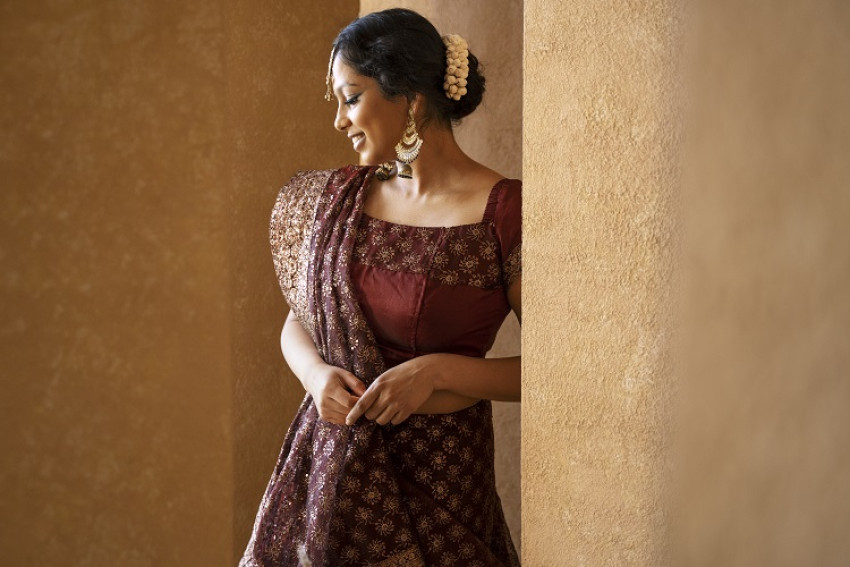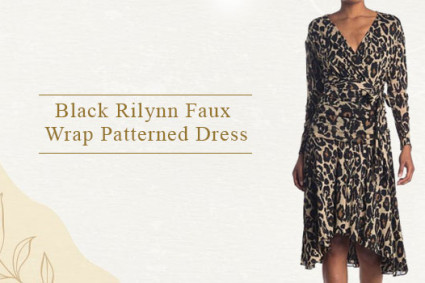
Fashion is not limited to a specific era or geographical boundary; it is a timeless expression of culture and identity. Among the diverse range of ethnic attires, the saree stands out as an epitome of grace and elegance. This six-yard-long fabric, draped in various styles, has been an integral part of Indian fashion for centuries. The art of draping a saree showcases the beauty of the wearer and reflects the rich heritage of the Indian subcontinent. In this fashion blog, we will delve into the nuances of mastering the art of draping a saree and explore other ethnic attires that exemplify the beauty of drapes.
I. The Saree: A Timeless Emblem of Grace
A. Origin and Evolution
The saree has a long history dating back thousands of years, and it has evolved with the changing times while preserving its essence. We'll explore how the saree has adapted to different regions and communities, resulting in a diverse range of styles and draping techniques.
B. Types of Sarees
There is an astounding variety of sarees across India, each with its unique fabric, print, and design. We will showcase some of the most popular saree types, such as Banarasi, Kanjeevaram, Chanderi, and Bandhani, and highlight their distinct characteristics.
C. Draping Styles
The art of draping a saree varies from region to region, with each style having its own charm. We'll discuss some prominent draping styles like Nivi, Bengali, Gujarati, and Maharashtrian, explaining the intricacies and cultural significance behind them.
II. The Magic of Drapes: Ethnic Attires Beyond Sarees
A. Lehenga Choli
A popular choice for weddings and festive occasions, the lehenga choli is a traditional Indian ensemble that consists of a flared skirt (lehenga), a fitted blouse (choli), and a dupatta. We will explore the different draping styles and discuss how to choose the right lehenga choli for various body types.
B. Salwar Kameez
The salwar kameez, comprising loose-fitting pants (salwar), a tunic-like top (kameez), and a dupatta, is a versatile and comfortable ethnic attire. We will delve into the various styles, such as Anarkali, Punjabi, and Pakistani, and provide tips on accessorizing this ensemble.
C. Dhoti Drapes
Traditionally worn by men, the dhoti has found its way into women's fashion, thanks to contemporary adaptations. We will explore how the dhoti has been transformed into stylish drapes for women, offering a unique and fashionable twist to ethnic attire.
III. Mastering the Art of Draping
A. Choosing the Right Fabric
The choice of fabric plays a crucial role in the way a drape falls and drapes on the body. We will discuss different fabrics suitable for various occasions, climates, and body types, emphasizing the importance of fabric selection.
B. Accessorizing with Elegance
Accessories complement and enhance the overall look of any ethnic attire. We will provide tips on selecting jewelry, footwear, and other accessories that perfectly match the drapes, adding a touch of finesse to the ensemble.
C. Perfecting the Drape
Draping a saree or any ethnic attire requires practice and attention to detail. We will provide step-by-step instructions, supported by illustrations or videos, to help readers master the art of draping different styles with ease and finesse.
Conclusion
The art of draping ethnic attires like the saree is a testament to the exquisite craftsmanship and cultural diversity present in fashion. From the intricate weaves of Banarasi sarees to the graceful drapes of lehengas and the vibrant prints of salwar kameez, ethnic attires offer a canvas for self-expression and celebration of heritage. By understanding the nuances of draping and choosing the right fabrics and accessories, anyone can exude confidence and elegance while donning these beautiful ensembles. So, embrace the art of draping and unlock a world of timeless fashion and cultural richness. Let your wardrobe be a reflection of your individuality and appreciation for the beauty of diverse traditions.




